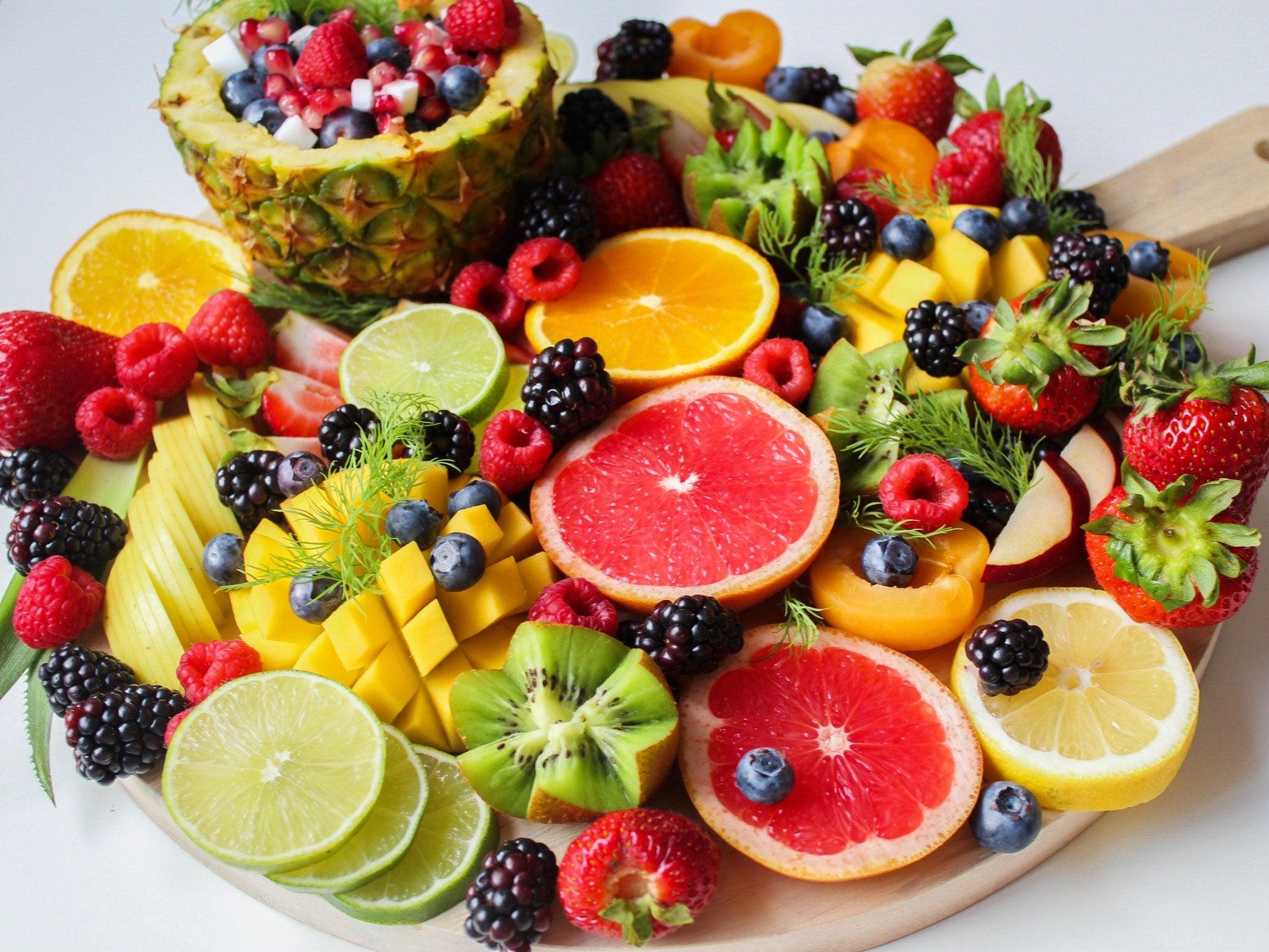GMO vs. Non-GMO: What’s the difference?

GMO vs. Non-GMO: What’s the difference?
What are GMO foods?
If you haven’t heard about it in the news or online, you’ve definitely seen it on labels at the grocery store. The topic of GMO vs. non-GMO has gained popularity in recent years. This leaves consumers asking, “What’s the difference, and why does it matter to me?”
GMO stands for "genetically modified organism." National Geographic defines such an organism as “an animal, plant, or microbe whose DNA has been altered using genetic engineering techniques.”
Scientists use genetic modification to obtain a variety of desired properties. For example, GMO corn might have a stronger resistance to insects than its non-GMO counterpart. GMO apples might bruise less easily than their non-GMO counterparts. The most common GMOs in the U.S include sugar beet, canola, corn, potato, summer squash, soybean, papaya, apple, and alfalfa.
To create a genetically modified plant, scientists transfer new DNA with targeted genes into plant cells. They grow the cells in a lab until a full plant develops. Once the plant produces seeds, scientists can replant, distribute seeds, and propagate the beneficial features of this new genetically modified plant.
Proponents of GMOs suggest that they could lead to a more nutritious and robust agricultural system. However, there is limited research on the long-term effects on the environment and the human body. Some studies suggest that GMOs can lead to cancer, allergic reactions, and changes in human DNA.
History of GMOs
Humans have been selectively modifying our crops for centuries. With discoveries in the field of genetics, modifications have become increasingly precise on a DNA level. In 1973, Herbert Boyer and Stanley Cohen, two American geneticists developed the practice of genetic engineering. They discovered that if you insert DNA from one bacterium into another, you could change its characteristics.
The United States Food and Drug Administration (FDA) approved the first consumer GMO product - insulin - in 1982, only 40 years ago. The tomato was the first genetically modified food product sold to the public in 1994. Over the next couple of decades, GMO technology spread to more crops and more countries around the world, and the U.S. government developed stricter safety standards and regulations.
GMO animals weren’t approved for human consumption until 2015, just 7 years ago! Salmon was the first animal to be genetically engineered. The practice has since expanded to other types of livestock. Genetic modification is still in its early days, which explains why many are skeptical about it.
GMO vs. selective breeding
Genetic modification is not the same as selective breeding. Humans have practiced selective breeding for thousands of years. It is the practice of intentionally breeding two organisms to encourage the offspring to express favorable traits. It’s like accelerated evolution. Selective breeding is different from GMOs because it doesn’t involve altering an organism’s genetic code.
What are non-GMO foods?
Since GMOs have become more prevalent in the food marketplace, we must now distinguish which foods are non-GMO. This way, those with concerns or preferences against GMOs can make the right decisions for themselves. Non-GMO foods are exactly what they sound like - food that has not undergone any genetic modification. It doesn’t mean that they haven’t been selectively bred for specific traits, just that the DNA hasn’t been artificially altered.
GMO labeling
The United States Department of Agriculture has imposed strict rules for how food companies must label their products. As of 2022, National Bioengineered Food Disclosure Standard mandates foods to be labeled “BE” if they are or may be bioengineered.
If you’ve been to a grocery store lately, you’ve likely seen a Non-GMO Project Verified label. The Non-GMO Project Product Verification Program is “North America’s most rigorous third-party verification for non-GMO food and products.” If a product has this label, it means that it meets the Non-GMO Project’s meticulous standards. A product with this label is not genetically modified nor has any part of it come from a genetically modified source.
Non-GMO vs. organic
If a product is labeled “non-GMO” that doesn’t mean it is organic. However, if a product is certified organic, that means that it is non-GMO. It can be expensive for food suppliers to get the Certified Organic label. It’s easier and less expensive to meet non-GMO requirements. When a product is labeled non-GMO but not organic, that doesn’t necessarily mean it isn’t high-quality food.
The USDA has rigorous requirements for certified organic products. If a product is certified organic, it contains no GMOs, artificial colors, flavors, preservatives, toxic pesticides, antibiotics, or hormones. Certified organic animals eat 100% organic feed. Organic products also protect wildlife, promote biodiversity, and enhance soil fertility. If given the choice, buying organic food is the best way to go.
Health benefits of non-GMO foods
Humans have been eating non-GMO foods since the beginning of time. On the other hand, GMOs have only widely infiltrated the food system in the past 10 years. 10 years of evidence for GMOs is severely lacking compared to thousands of years of evidence for non-GMOs.
When you choose to eat non-GMO, you choose to avoid food that has been processed in such a way that interrupts nature’s perfect design. You choose to avoid putting yourself at risk for cancer, antibiotic resistance, organ toxicity, and more adverse effects yet to be discovered. That’s a choice we think everyone can and should make. It’s up to you to weigh these costs and benefits for you and your family.
Non-GMO gummy bears
Gummy bears should be two things - all-natural and delicious. At California Gummy Bears, we ensure all our ingredients are GMO-free. All our 10 fruity flavors are made in small batches with high-quality, non-GMO, kosher ingredients. Once you try them, you won’t go back to any other gummy bear.
References
- https://www.gallantintl.com/blogs/difference-between-gmo-non-gmo-and-organic#:~:text=GMOs%20(genetically%20modified%20foods)%20are,any%20sort%20of%20genetic%20modification
- https://www.ams.usda.gov/rules-regulations/be
- https://www.medicalnewstoday.com/articles/324576#cons
- https://www.fda.gov/food/agricultural-biotechnology/science-and-history-gmos-and-other-food-modification-processes
- https://www.nongmoproject.org/gmo-facts/what-is-gmo/
- https://education.nationalgeographic.org/resource/genetically-modified-organisms



Comments